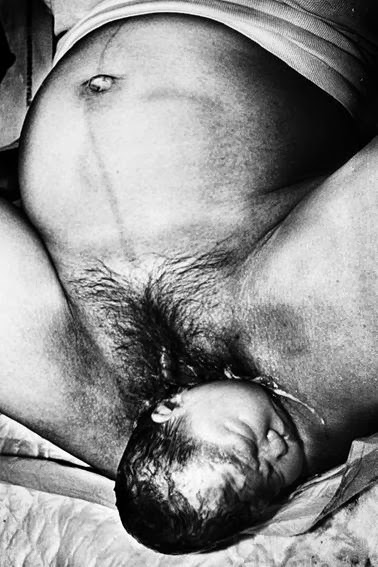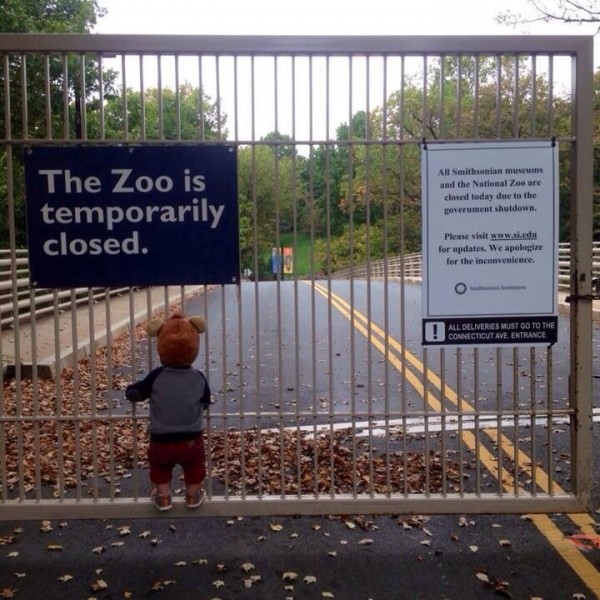Notes
Facebook Censorship, Photographer Jacob Aue Sobol and a Birthday

What’s not new or even noteworthy, at this point, are Facebook’s acts of visual censorship. So absolute is the social utility’s power and puritanism, you might even wonder what inclined Magnum photographer Jacob Aue Sobol to post images so actively on his Facebook page — particularly this one.
Nevertheless, he did. And predictably, he got banned (as he has at least three other times over the years). Well known and deeply respected, even revered in the photo world for his craft and his visual storytelling, the post with this photo garnered 400 likes inside of an hour before being removed without warning. This time, he was banned for seven days. Then, after posting some links to the image and having several people comment on the censorship, he was immediately banned for a further thirty days. In the meantime, his attempt to communicate with Facebook goes unanswered.
The simple fact of this not-uncommon and highly predictable action by Facebook raises the standard litany of issues we could easily lose ourselves in:
- Why is the fate of a photo like this so obvious? What makes it “far worse,” far more “graphic,” for example, than the more commonly troublesome photos of breasts — breasts attached to nursing babies; to statues and woodcuts; to you in your own back yard.
- As a service with the most primary and the most intimate of business models — being nothing less than the conduit for personal connection and expression, where is the logic behind Facebook’s own namelessness and facelessness, the preclusion of any personal mediation somehow matter-of-fact?
- As an artist-photographer and a member of the most famous photo agency in the world, why wouldn’t Facebook make (or design) some accommodation for such users and their followers?
- Why are so many so quick to intone — like an announcement over a loudspeaker at the airport — that it’s ultimately Facebook’s real estate and so they can set the terms … with complete anonymity … and deem life’s essence an obscenity?
What’s wrong with Facebook and its censorship policy, however, is the same problem people the world over tend to have in making sense of any visual composition with intensity and complexity — with emphasis on the word “composition.” In the presence of the image, people see and fixate on parts, they don’t see wholes. And when they’re threatened, the lack of wholes also preclude seeing stories. Instead, conclusions are drawn out of elements, and a person’s elemental reactions. That’s even more the risk here, by the way, because the mother, faceless, throws that much more emphasis on the parts.
It’s this perceptual and emotional fragmentation that makes this photo the ultimate case study in what is blasphemy. Of course, seen in parts, every kinds of trouble lurks here. In parts, this screams “vagina.” Of course it’s squeamish. Of course it boasts bodily fluids. Of course it’s graphic.
As an organic whole though, as a whole of nature, you would be hard pressed to find an image that was more “original” — and that’s even more true without the face of the mother. As a natural whole, whatever is messy is only pure. The recording of the photo, like giving birth, captures nothing but the act of creativity. Offensive? Blasphemous? Rather, the photo is a precipitant. It’s about absolutely any and every thing that will ever happen in the world. You don’t have a good idea, a lovely day, a touching moment, a sense of awareness, a sense of poignancy or connection — a sense that someone is a part of you or you are a part of someone else — (in other words, anything that makes Facebook Facebook) without a conception. That this phenomenon — as either moment, act, concept or symbol — would be deemed blasphemous is, in itself, blasphemous.
If you’re not familiar with Jacob Aue Sobol, and I’m sure many of my readers are as unaware of him as the Facebot minders, here are some vitals/bona fides:
Jacob lives and works in Copenhagen. In 1998, he was admitted to Fatamorgana, the Danish School of Documentary and Art Photography where he developed a unique, expressive style of black-and-white photography. In the autumn of 1999, Jacob moved to the settlement of Tiniteqilaaq on the East Coast of Greenland where he lived for three years with his Greenlandic girlfriend, Sabine, and her family. Pursuing the life of a fisherman and hunter, he was also practicing his art. The result of that work was the widely acclaimed book, ‘Sabine,’ published in 2004. Having gone on to publish other books and enjoy many international exhibitions as well as membership in the esteemed Magnum agency, it’s Sabine, and Jacob’s passion for her and this project, that bears greater relevance to the moment.
As mentioned above, Jacob was banned by Facebook at least three previous times that he remembers. He doesn’t recall over which imagery because he’s so active on the platform and posts so many pictures. The one he does recalls, however, was a print he made of Sabine (distinguished as it is for its inclusion in the photography collection at SFMOMA.) The image above is also connected.
In a letter posted four days ago to his crippled Facebook page by the magazine, Aorta, Jacob wrote:
Dear Friend,
A few days ago I posted an image of a woman giving birth. It was my birthday, and it was me(a)nt as a celebration and a tribute to the woman, to my mother and to life in general. It is one of my very first photographs from Greenland and an experience that I will always keep with me. I wanted to share it with you, but Facebook took it away and banned me from posting in the future.
Here is a link to the picture. Post it on your wall or my wall, if you like.
http://4.bp.blogspot.com/-10nJTFYg4us/UkoprtuLnlI/AAAAAAAARTs/SYVagDO3zU4/s1600/1379754_659708744047576_1515627966_n.jpg
He then goes on to include some important context in the dispelling of blasphemy. Not that someone of Jacob’s pursuit or renown should be required to spell all this out, but these couple lines do at least four helpful things: they establish his personal and emotional connection to this thirteen-year-old image; they explain his intention for sharing it the moment he did; they connects the image, previously unknown, to an established and internationally-known body of work that an informed audience would only consider a find, and a loving gift. And, they make a story. He writes:
Diary from the book “Sabine”:
Sabine’s sister is giving birth. The baby’s head is looking out from between her legs and the midwife has given me a few seconds. I look at the small, round head that has just become part of our world. It must be a girl. She’s totally quiet and her eyes are stuck together. ”Daa! Get a move on!” Sabine is impatient and wants to welcome her niece properly. The sister pushes hard and the rest of the body comes out. Iluna is born.
Not that people think all that much about the symbolism of pictures or words — even less in those instances when they play on each other. In this case, however, it’s worth the moment and the mind not to let that symbolism just fall away. The connection Jacob was making, the one which so radiated through him and the one Mr. Zuckerberg so blithely erased, involved the layers of sense about the most cherished, yet common (and actually Facebook-honored) thing in the world. It’s a birthday.
(photo: Jacob Aue Sobol/Magnum Photos formerly via Facebook)


Reactions
Comments Powered by Disqus